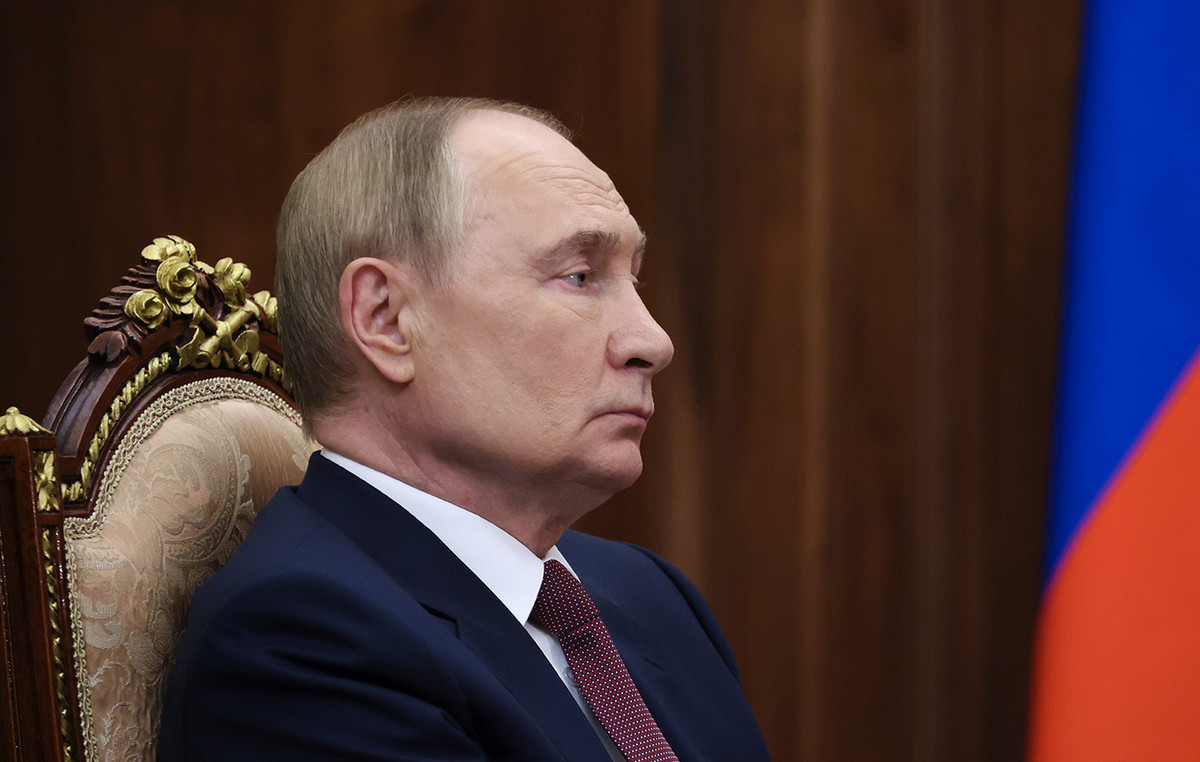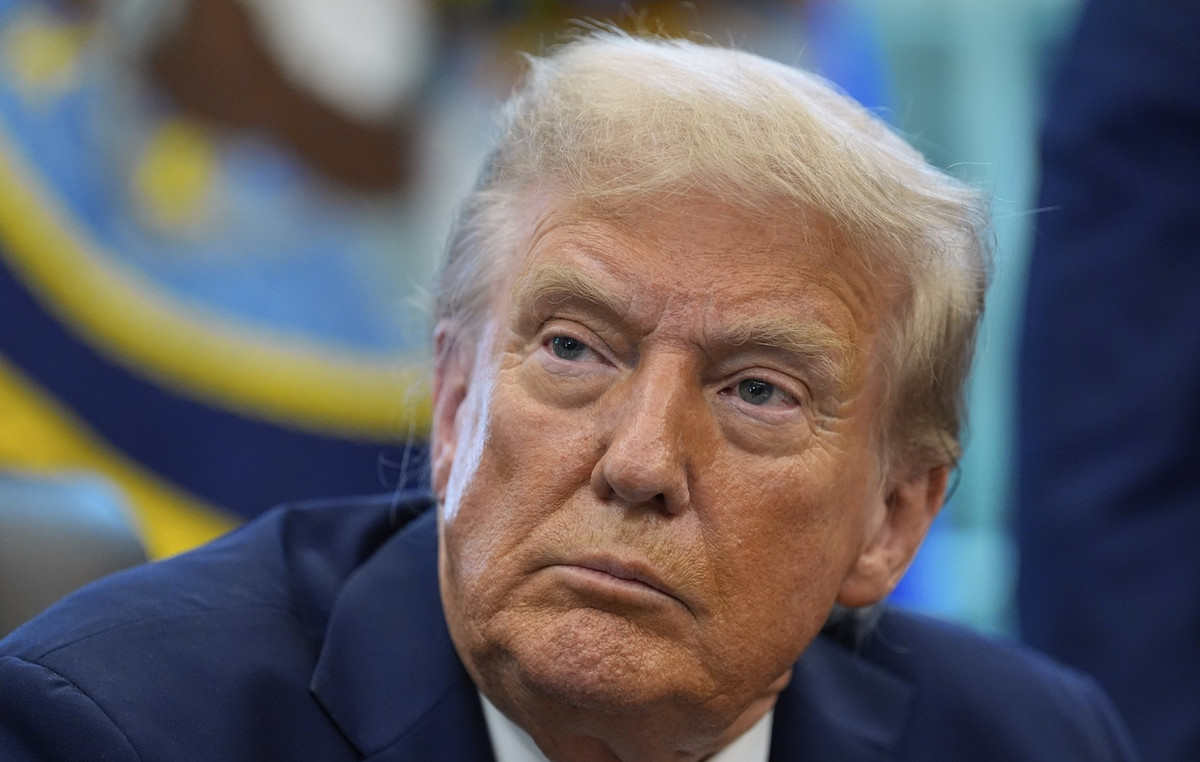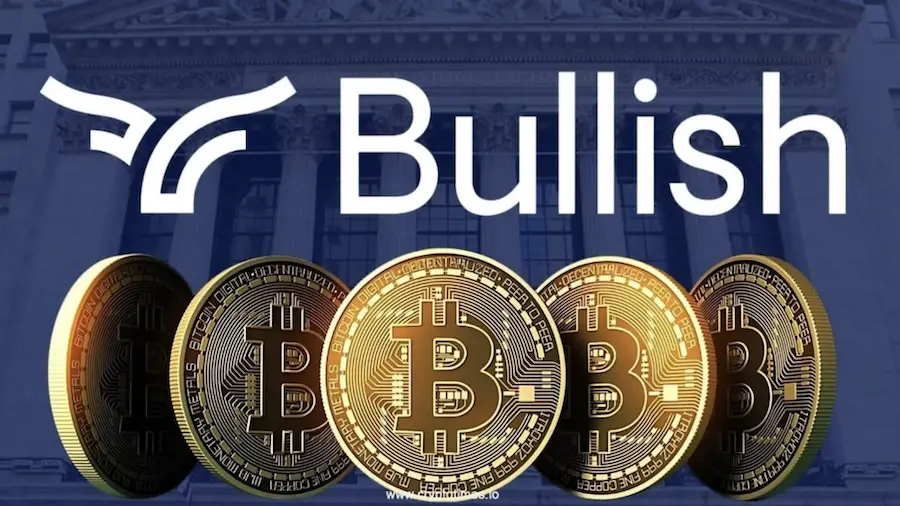- The EUR/GBP remains backed by a stronger euro, even in the midst of growing expectations of additional rate cuts by the ECB.
- Francois Villeroy de Galhau of the ECB commented: “We are currently not in a currency war, but rather in a commercial war situation.”
- The solid economic performance of the United Kingdom could reduce the possibilities of aggressive rate cuts by the Bank of England.
The EUR/GBP is bouncing of recent losses, quoting about 0.8420 during the Asian session on Friday. The currency crossing is supported by a stronger euro (EUR), which is surpassing its risk sensitive peers despite the signs of the officials of the European Central Bank (ECB) that suggest margin for additional cuts of interest rates due to the decrease in inflationary pressures.
On Wednesday, the growth of the GDP of the Eurozone in the first quarter was checked slightly down to 0.3% compared to the previous quarter, from the previous estimate of 0.4%. In interannual terms, GDP grew 1.2%, fulfilling expectations. However, employment surprised up, increasing 0.3% compared to the previous quarter in the first quarter, exceeding the previous and preliminary estimates of 0.1%.
The head of the ECB, Francois Villeroy de Galhau, declared Friday: “We are currently not in a currency war, but rather in a commercial war situation,” added that protectionism and uncertainty are weighing on the economic confidence of the US. Correct “in the midst of continuous uncertainty about global commercial policies.
Despite the strength of the euro, earnings at the EUR/GBP crossing can be limited by economic data from the United Kingdom stronger than expected. The United Kingdom GDP grew 0.7%in the first quarter of 2025, exceeding 0.6%forecasts, while annual growth reached 1.3%, slightly above the 1.2%estimate. March GDP also increased by 0.2%, exceeding the expectations of any change, although it decreased with respect to the profit of 0.5% in February. The solid performance can reduce the probability of aggressive rates cuts by the Bank of England (BOE).
FAQS Central Banks
Central banks have a key mandate that consists in guaranteeing the stability of prices in a country or region. Economies constantly face inflation or deflation when the prices of certain goods and services fluctuate. A constant rise in the prices of the same goods means inflation, a constant decrease in the prices of the same goods means deflation. It is the Central Bank’s task to keep the demand online by adjusting its interest rate. For larger central banks, such as the US Federal Reserve (FED), the European Central Bank (ECB) or the Bank of England (BOE), the mandate is to maintain inflation about 2%.
A central bank has an important tool to raise or lower inflation: modify its reference interest rate. In precommunicated moments, the Central Bank will issue a statement with its reference interest rate and give additional reasons of why it maintains or modifies it (cut it or the SUBE). Local banks will adjust their savings and loan rates accordingly, which in turn will make it difficult or facilitate that citizens obtain profits from their savings or that companies ask for loans and invest in their businesses. When the Central Bank substantially rises interest rates, there is talk of monetary hardening. When it reduces its reference rate, it is called monetary relaxation.
A central bank is usually politically independent. The members of the Central Bank Policy Council go through a series of panels and hearings before being appointed for a position in the Policy Council. Each member of that council usually has a certain conviction on how the Central Bank should control inflation and the consequent monetary policy. Members who want a very flexible monetary policy, with low types and cheap loans, to substantially boost the economy, while comprising with inflation slightly greater than 2%, are called “pigeons.” Members who prefer higher types to reward savings and want to control inflation at all times are called “hawks” and will not rest until inflation is located at 2% or just below.
Normally, there is a president who directs each meeting, has to create a consensus between the hawks or the pigeons and has the last word when the votes must be divided to avoid a draw to 50 on whether the current policy must be adjusted. The president will pronounce speeches, which can often be followed live, in which he will communicate the current monetary position and perspectives. A central bank will try to boost its monetary policy without causing violent oscillations of the fees, the actions or their currency. All members of the Central Bank will channel their position towards the markets before a monetary policy meeting. A few days before a monetary policy meeting is held and until the new policy has been communicated, the members are prohibited from speaking publicly. It is what is called a period of silence.
Source: Fx Street
I am Joshua Winder, a senior-level journalist and editor at World Stock Market. I specialize in covering news related to the stock market and economic trends. With more than 8 years of experience in this field, I have become an expert in financial reporting.







